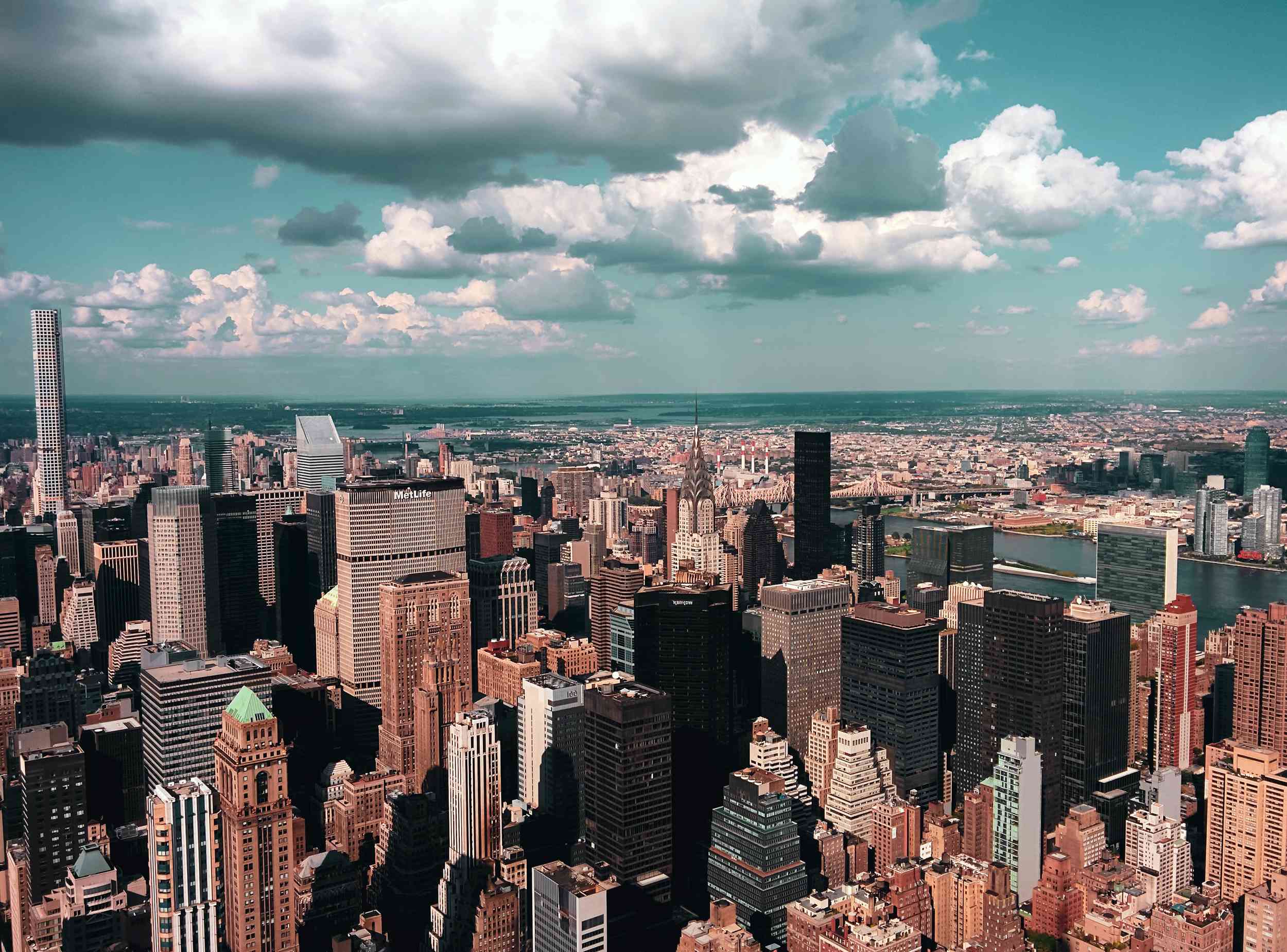Table of Contents
Can You Drink Tap Water in New City?
Yes, tap water is drinkable.
Tap Safe includes data from many publicly available sources, including the WHO (World Health Organization), CDC (Center for Disease Control), and user submitted databases, but unfortunately there's not enough data about New City.
To see user submitted ratings of the water quality for New York, see the "User Submitted Ratings" box on this page.
‘
Many people have heard about the contamination of tap water in New York City and its immediate effects on health. The news is filled with horror stories of sickening tap water and its ill effects on the residents of New York City. The people who are concerned about this issue are demanding that the authorities do something to help clean up the city”s water supply. There has been a lot of talk on TV and radio about how this contamination affects our health and what the impact may be on the economy of the city.
As it turns out, this is not the only problem associated with this contamination of the water quality. This contamination of the water supply is also linked to issues with the sewage treatment facilities. It has become clear that the pollution of the city”s water supply is a problem that should be of major concern to all people who live in the area. As it turns out, the number of sick people that are trying to get clean water in New York City has been on th

The estimated price of bottled water
$2.53 in USD (1.5-liter)
USER SUBMITTED RATINGS
- Drinking Water Pollution and Inaccessibility
- Water Pollution
- Drinking Water Quality and Accessibility
- Water Quality
The above data is comprised of subjective, user submitted opinions about the water quality and pollution in New City, measured on a scale from 0% (lowest) to 100% (highest).
Related FAQS
Contaminants
United Water New York
EWG's drinking water quality report shows results of tests conducted by the water utility and provided to the Environmental Working Group by the New York Department of Health - Bureau of Public Water Supply Protection, as well as information from the U.S. EPA Enforcement and Compliance History database (ECHO). For the latest quarter assessed by the U.S. EPA (January 2019 - March 2019), tap water provided by this water utility was in compliance with federal health-based drinking water standards.
Utility details
- Serves: 270950
- Data available: 2012-2017
- Data Source: Surface water
- Total: 36
Contaminants That Exceed Guidelines
- Arsenic
- Bromodichloromethane
- Chloroform
- Chromium (hexavalent)
- Dibromoacetic acid
- Dibromochloromethane
- Dichloroacetic acid
- Haloacetic acids (HAA5)†
- Nitrate
- Nitrate and nitrite
- Radium
- combined (-226 & -228)
- Tetrachloroethylene (perchloroethylene)
- Total trihalomethanes (TTHMs)†
- Trichloroacetic acid
- Uranium
Other Detected Contaminants
- 1
- 1-Dichloroethane; 1
- 2-Dichloroethane; 1
- 4-Dioxane; Barium
- Bromoform
- Chlorate; Chlordane; Chlorodifluoromethane; Chromium (total); cis-1
- 2-Dichloroethylene; Cyanide; Manganese; Molybdenum; Monobromoacetic acid; Monochloroacetic acid; MTBE; Nitrite; Strontium; Toluene; Trichloroethylene; Vanadium
Reminder
Always take extra precautions, the water may be safe to drink when it leaves the sewage treatment plant but it may pick up pollutants during its way to your tap. We advise that you ask locals or hotel staff about the water quality. Also, note that different cities have different water mineral contents.